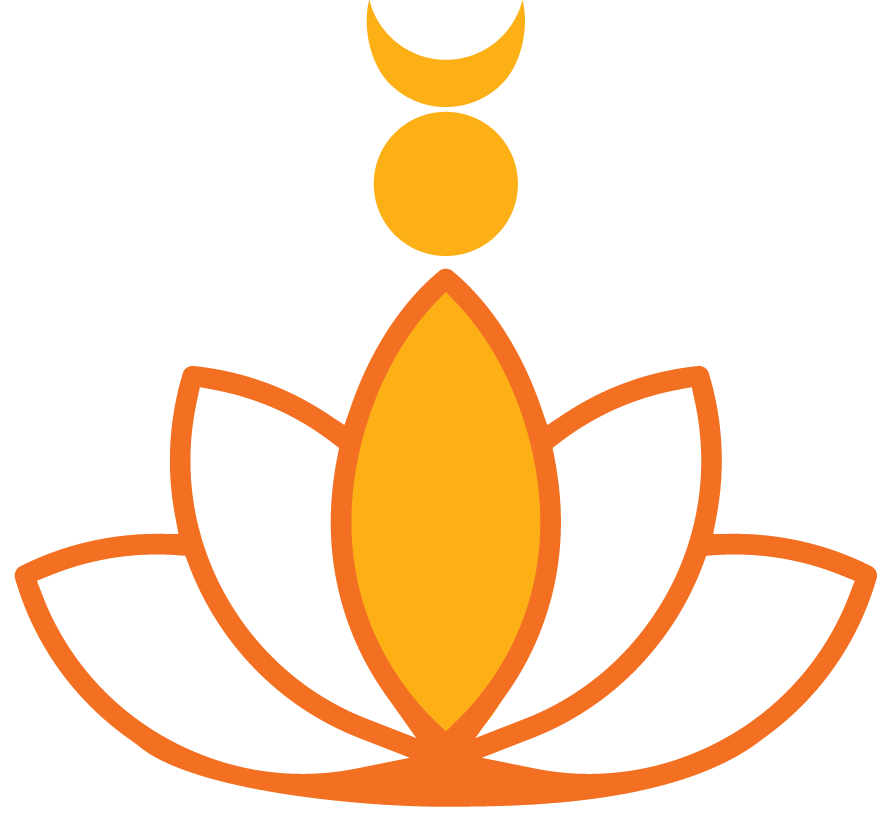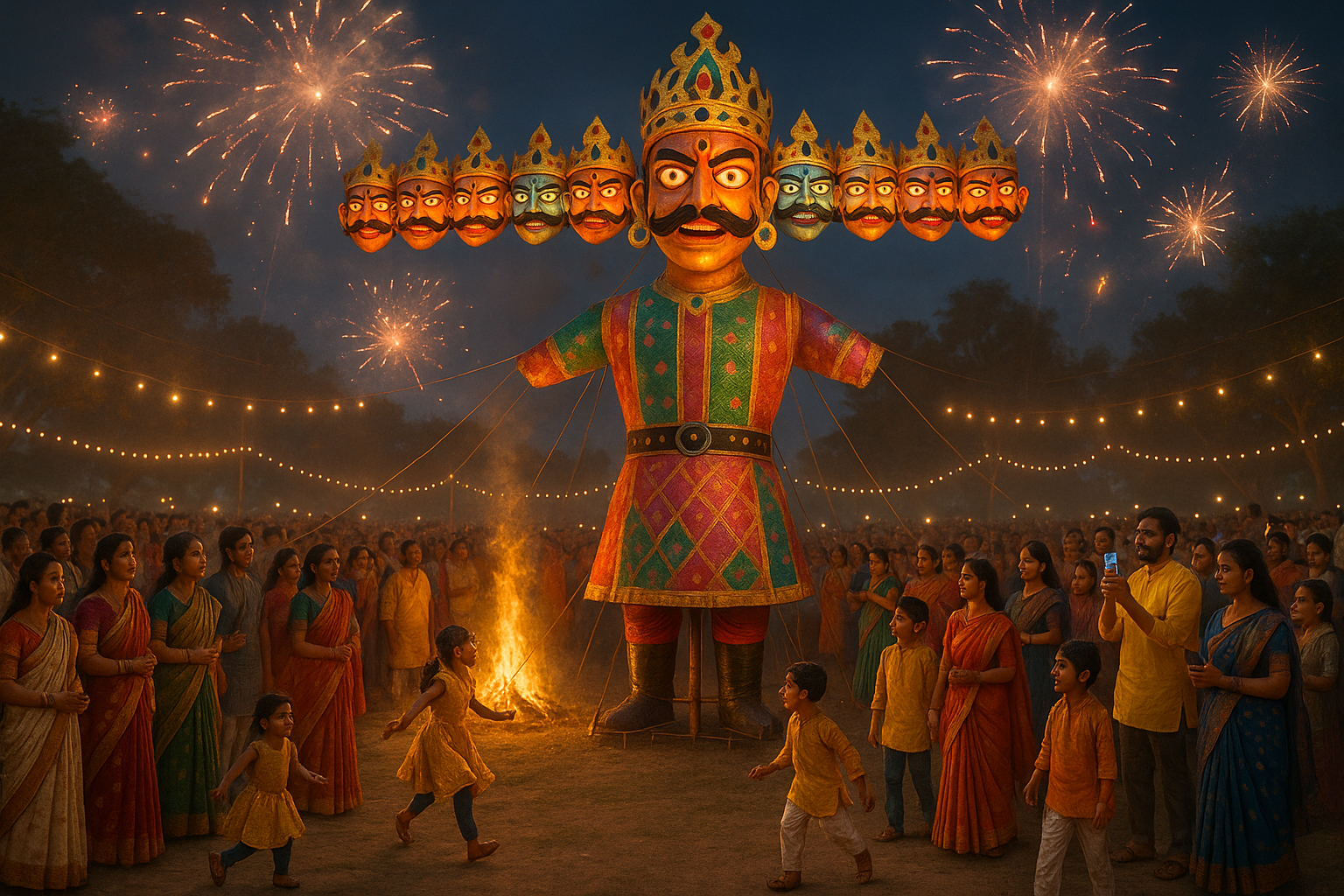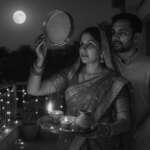When we think of Ravan, the mighty king of Lanka from the Ramayana, the first image that comes to mind is that of his ten heads. In popular imagination, these heads symbolize extraordinary knowledge, power, and mastery. But in Vedic symbolism and astrology, they hold a much deeper meaning.
The 10 heads of Ravan are not literal but represent his intellect, desires, strengths, weaknesses, and cosmic influences. Many traditions associate them with the 9 planets (Navagrahas) and one extra force — his ego (ahankara), which ultimately led to his downfall.
The 9 Planetary Heads of Ravan
Each head of Ravan can be seen as an embodiment of a planet’s qualities — both positive and distorted:
- Sun (Surya) – Authority & Pride
Symbol of leadership, power, and radiance. Ravan ruled Lanka like a mighty emperor, but arrogance and pride (negative Sun) became his weakness. - Moon (Chandra) – Emotions & Desire
Governs mind and emotions. Ravan’s uncontrolled desires, especially his attachment to Sita, reflect imbalance of this planetary influence. - Mars (Mangal) – Courage & Aggression
Represents valor and warfare. Ravan was a fearless warrior, but his aggression often turned into destructive rage. - Mercury (Budh) – Intellect & Strategy
Rules speech, logic, and learning. Ravan mastered Vedas, Ayurveda, astrology, and music. Yet, misapplied intellect led him astray. - Jupiter (Guru) – Knowledge & Dharma
Represents wisdom and spirituality. Though a great devotee of Lord Shiva, Ravan twisted dharma for personal gain — misusing Guru’s blessings. - Venus (Shukra) – Luxury & Pleasures
Governs love, beauty, and indulgence. Ravan’s grandeur, music, and pleasures reflected Venus’ influence, but overindulgence became his flaw. - Saturn (Shani) – Karma & Suffering
Teaches humility and discipline. Ravan’s downfall and karmic justice reflect Saturn’s unavoidable lessons. - Rahu – Obsession & Illusion
Creates obsession and manipulation. Ravan’s obsession with Sita and illusion of invincibility mirrored Rahu’s grip. - Ketu – Detachment & Mysticism
Signifies spirituality and tapasya. Ravan was a tantric and tapasvi, but imbalance between detachment and worldly duties showed Ketu’s shadow.
The 10th Head: Ego (Ahankara)
Beyond the nine planetary heads, the 10th head of Ravan is his Ego. Despite mastering the Navagrahas and possessing supreme knowledge, his ego refused to bow before destiny and dharma. This unchecked ahankara was the root cause of his destruction.
Ravan, the Planets, and Dussehra
Every year, on Dussehra (Vijayadashami), effigies of Ravan are burnt across India. This symbolic act is not just about Lord Rama’s victory over evil — it also reminds us of what the 10 heads represent within us:
- The 9 planetary influences shape our mind, actions, and destiny.
- The 10th head, Ego, inflates these energies and pushes us towards imbalance.
- Dussehra teaches us to conquer Ravan by conquering the negative pull of planets combined with ego, so wisdom and humility prevail.
Spiritual Lesson
- The 9 planets are forces shaping our life — knowledge, desire, courage, wealth, discipline, illusion, and spirituality.
- Ravan, despite mastering them, allowed ego to dominate.
- His story reminds us: wisdom without humility leads to destruction.
This is why Dussehra celebrates the triumph of Lord Rama — embodiment of dharma, truth, and cosmic balance — over Ravan, the symbol of unbalanced planetary forces driven by ego.
Conclusion
Ravan’s 10 heads symbolize more than fearsome power. They represent the nine planets that govern beings, along with ego that binds us to karmic cycles. Just as the planets influenced Ravan’s destiny, they continue to guide and challenge us.
Each year on Dussehra, when we see Ravan’s effigy burn, we are reminded to burn the Ravan within us — arrogance and negativity blocking our growth. Only then can we align with the planets and invite harmony, prosperity, and dharma into our lives.


